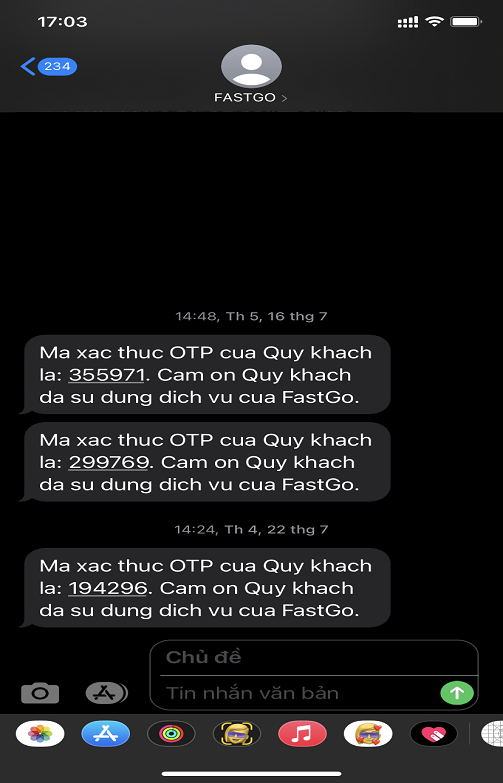

Run the application to launch Android emulator and verify the result of the changes done in the application.įollowing is the content of the modified main activity file src//MainActivity.java. Modify AndroidManifest.xml as shown below Android studio takes care of default constants. No need to define default string constants at res/values/strings.xml. I'm adding a simple GUI to take mobile number and SMS text to be sent and a simple button to send SMS. Modify layout XML file res/layout/activity_main.xml add any GUI component if required. Modify src/MainActivity.java file and add required code to take care of sending sms. You will use Android Studio IDE to create an Android application and name it as tutorialspoint under a package. To experiment with this example, you will need actual Mobile device equipped with latest Android OS, otherwise you will have to struggle with emulator which may not work. Void sendTextMessage(String destinationAddress, String scAddress, String text, PendingIntent sentIntent, PendingIntent deliveryIntent)įollowing example shows you in practical how to use SmsManager object to send an SMS to the given mobile number. Void sendMultipartTextMessage(String destinationAddress, String scAddress, ArrayList parts, ArrayList sentIntents, ArrayList deliveryIntents) This method is used to send a data based SMS to a specific application port. Void sendDataMessage(String destinationAddress, String scAddress, short destinationPort, byte data, PendingIntent sentIntent, PendingIntent deliveryIntent)

This method is used to get the default instance of the SmsManager This method divides a message text into several fragments, none bigger than the maximum SMS message size.

Of course, both need SEND_SMS permission.Īpart from the above method, there are few other important functions available in SmsManager class. SendIntent.putExtra("sms_body", "default content") Intent sendIntent = new Intent(Intent.ACTION_VIEW)

ndTextMessage("phoneNo", null, "sms message", null, null) SmsManager smsManager = SmsManager.getDefault() In this tutorial, we shows you two basic examples to send SMS message − In Android, you can use SmsManager API or devices Built-in SMS application to send SMS's.


 0 kommentar(er)
0 kommentar(er)
